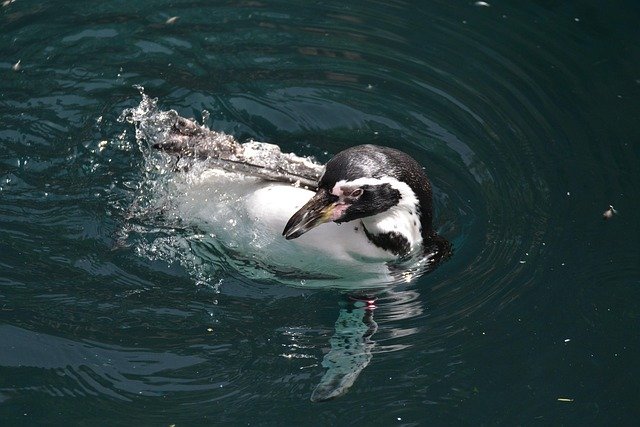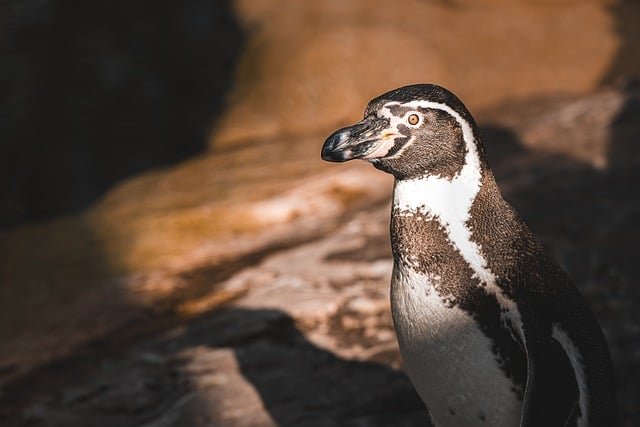
The Social Dynamics of Penguin Colonies: Understanding Social Structures and Relationships
Penguins are fascinating creatures, not only for their unique adaptations to life in harsh environments but also for their complex social behaviors. In this post, we will delve into the intricate social dynamics of penguin colonies, exploring how these social structures and relationships impact their survival and reproduction.
The Importance of Social Structures
Penguin colonies are often large and densely populated, providing a rich environment for social interactions. These structures play a crucial role in various aspects of their lives:
Protection from Predators: Living in groups offers safety in numbers. Penguins can better defend against predators such as seals and birds of prey by banding together.
Thermoregulation: In extreme cold, penguins huddle together to conserve heat. This social behavior is vital for survival in frigid temperatures.
Resource Sharing: In colonies, penguins can share information about food sources, leading to more efficient foraging.
Hierarchical Structures
Within penguin colonies, social hierarchies often emerge. These hierarchies can be influenced by factors such as age, size, and breeding status.
Breeding Dominance: In species like the Emperor Penguin, dominant individuals may have preferential access to prime nesting sites and mates. This can lead to competition and complex social interactions during the breeding season.
Social Bonds: Penguins form strong social bonds, which can influence their position within the colony. These bonds are often seen in pair formations, where mates work together to raise their young.
Communication and Social Interactions
Penguins are known for their vocalizations and body language, which play a significant role in their social dynamics:
Vocal Communication: Each penguin has a unique call that helps them identify their mate or chick among thousands of others. This vocal recognition is essential for maintaining social bonds.
Physical Displays: Penguins use various physical behaviors, such as bowing, preening, and posturing, to communicate their intentions and establish social hierarchies.
The Role of Play
Interestingly, play behavior is observed among young penguins and can serve several purposes:
Social Learning: Play helps young penguins learn essential survival skills, such as hunting and social interaction.
Strengthening Bonds: Engaging in playful activities with peers can strengthen social ties and establish friendships within the colony.
Conclusion
The social dynamics of penguin colonies are a testament to the complexity of animal behavior. Understanding these social structures and relationships not only sheds light on penguin life but also offers insights into the evolutionary benefits of social living in the animal kingdom. As we continue to study these remarkable birds, we gain a deeper appreciation for their intricate social world and the challenges they face in an ever-changing environment.
Further Reading
- Penguin Social Behavior: A Review
- The Impact of Climate Change on Penguin Colonies
- Understanding Penguin Communication
Feel free to share your thoughts or experiences with penguin colonies in the comments below!

Upvoted! Thank you for supporting witness @jswit.
Downvoting a post can decrease pending rewards and make it less visible. Common reasons:
Submit
Downvoting a post can decrease pending rewards and make it less visible. Common reasons:
Submit